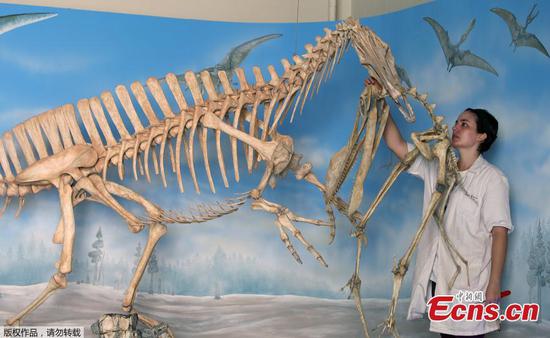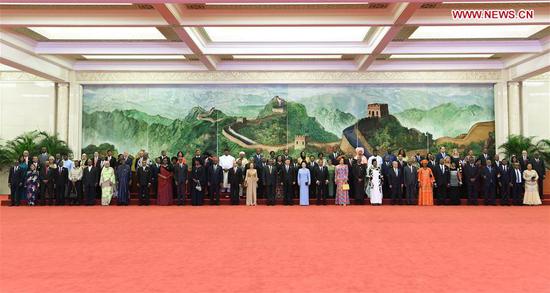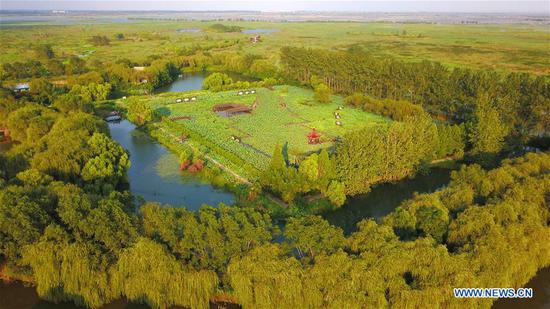Photosynthesis, a process which plants and other organisms used to convert sunlight into energy and produce oxygen as an important byproduct for animals on earth, has been altered by scientists as a new way to harness solar energy, a new study said.
"Natural photosynthesis is not efficient because it has evolved merely to survive," said Katarzyna Sokol, first author of the study and a PhD student from St John's College of the University of Cambridge.
Natural photosynthesis makes the bare minimum amount of energy a plant needed -- around 1-2 percent of what it could potentially convert and store, Sokol said in a statement on the university's website.
In contrast, artificial photosynthesis, which has been around for decades, relies on the use of expensive and toxic catalysts, thus it has yet been used on an industrial scale.
Sokol's team is part of the emerging field of semi-artificial photosynthesis which substituted enzymes for catalysts to overcome the limitations of artificial photosynthesis and achieve desired results.
The researchers used an enzyme known as hydrogenase to improve the amount of solar energy produced and stored.
"Hydrogenase is an enzyme present in algae that is capable of reducing protons into hydrogen," Sokol said.
"During evolution this process has been deactivated because it wasn't necessary for survival but we successfully managed to bypass the inactivity to achieve the reaction we wanted -- splitting water into hydrogen and oxygen," she said.
"This could be a great platform for developing solar technologies," Sokol said. "The approach could be used to couple other reactions together to see what can be done, learn from these reactions and then build synthetic, more robust pieces of solar energy technology."
Describing the study as a "milestone," Erwin Reisner, an author of the study and a professor from the Department of Chemistry of the university, said this work "opens up a toolbox for developing future systems for solar energy conversion."
The study was published in the journal Nature Energy on Monday.


















































